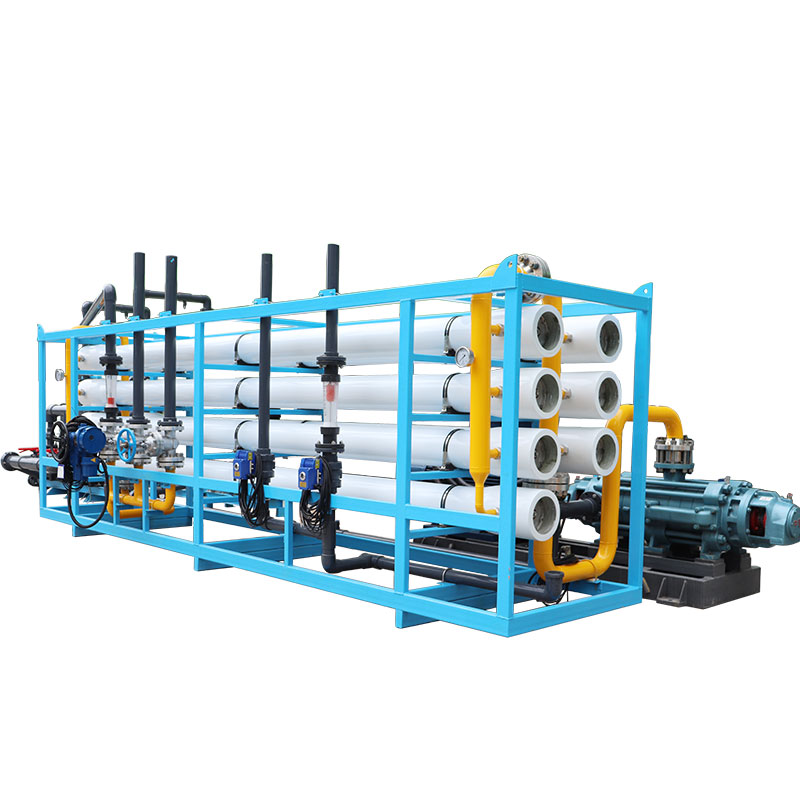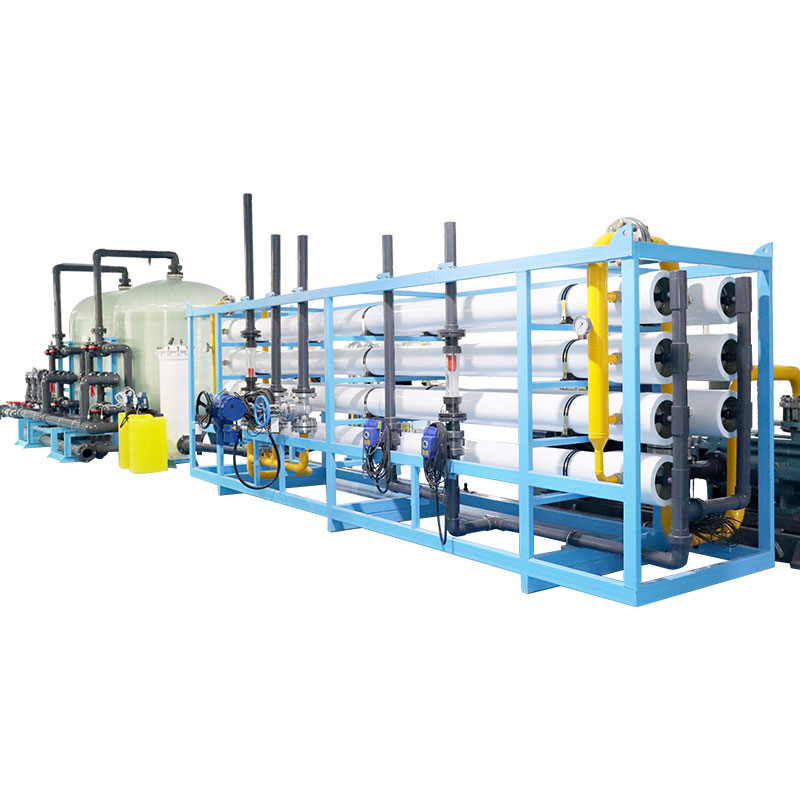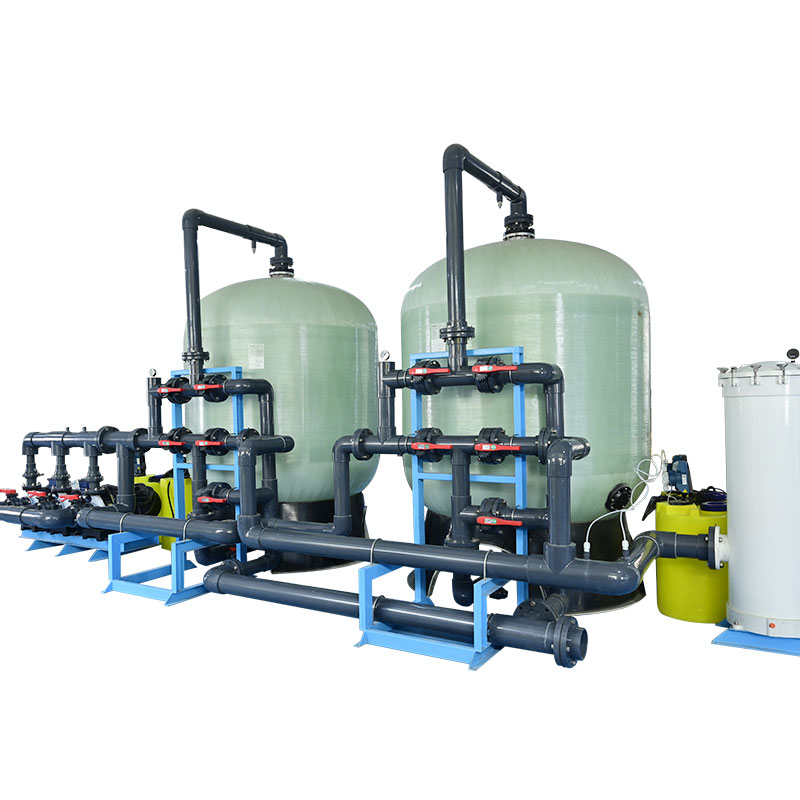What Is the Biggest Problem With Desalination?
Seawater desalination technology is rapidly gaining popularity around the world, providing valuable freshwater resources to many water-scarce areas. However, with the widespread application of seawater desalination, its potential problems and challenges have gradually emerged.
This article will start a discussion around "What Is the Biggest Problem With Desalination?", delve into the main challenges of this issue, and propose relevant solutions.
The Biggest Problem With Desalination:
One of the main problems of sea water desalination is the high energy demand. The seawater desalination process requires a lot of energy, especially when using reverse osmosis technology. These processes typically require high pressure or high temperatures to remove salt and impurities from seawater. This not only results in high costs for seawater desalination, but also imposes a burden on the environment, as carbon emissions during energy production can have a negative impact on the environment.
Sea water desalination plants are also more expensive to build, especially for large-scale desalination facilities. This may be an unbearable burden for many developing countries and water-scarce areas.
In addition, the concentrated brine by-product produced during the seawater desalination process is also a major problem. Concentrated brine is often discharged back into the ocean, but this high concentration of brine can cause potential harm to marine ecosystems. Saltwater discharge may lead to an increase in seawater salinity, thereby affecting the survival and ecological balance of marine life. Another issue is the use of chemicals. Chemicals may be needed during the sea water desalination process to prevent biofouling and scaling. These chemicals can have negative impacts on the environment and pose a potential threat to human health if not handled properly.

What impact does seawater desalination have on the ecosystem?
The impact of sea water desalination on the ecosystem is mainly concentrated in two aspects: the discharge of concentrated brine and the use of chemicals.
Concentrated brine discharge is an inevitable by-product of the seawater desalination process. Because the seawater desalination process removes salt and impurities from seawater, concentrated brine tends to have a much higher salinity than seawater. When this concentrated brine is discharged back into the ocean, it causes an increase in salinity in local areas. This change could have adverse effects on marine life, especially those species that are sensitive to changes in salinity. In addition, concentrated brine may also carry some chemical residues, posing further threats to marine ecosystems.
Secondly, the use of chemicals is also a potential problem. During the seawater desalination process, chemicals are usually added to prevent biofouling and scaling. If these chemicals are not handled properly, they may be discharged into the ocean and cause harm to marine life and ecosystems.

How to reduce the impact on the ecosystem during the sea water desalination process?
In order to reduce the impact on the ecosystem during seawater desalination, it is crucial to take a series of measures.
1. Improve discharge management: By improving the discharge method of concentrated brine, the impact on marine ecosystems can be reduced. For example, diluting concentrated brine before discharging it, or discharging concentrated brine deep into the ocean through long-distance discharge systems, thereby reducing the impact on coastal ecosystems.
2. Use environmentally friendly chemicals: Choosing chemicals that have less impact on the environment, or using non-chemical methods, such as ultraviolet disinfection, can reduce potential harm to the marine ecosystem.
3. Optimize energy use: By using efficient energy-saving technologies, such as solar or wind energy, to provide energy for the seawater desalination process, carbon emissions to the environment can be reduced.
4. Monitoring and evaluation: Establish a monitoring and evaluation system to regularly monitor the impact of concentrated brine discharge and chemical use, and take timely measures to correct potential problems.
5. Research and innovation: Continue to carry out research and innovation to find more environmentally friendly and sustainable seawater desalination methods. By taking these measures, we can effectively reduce the impact on the ecosystem during the seawater desalination process, thereby protecting marine life and ecological balance.

Summary: While sea water desalination technology provides valuable freshwater resources to many areas, it also faces challenges such as high energy demand, discharge of concentrated brine, and use of chemicals. These problems pose potential threats to the environment and ecosystems.
However, by taking a series of measures, such as improving emission management, using environmentally friendly chemicals, optimizing energy use, etc., we can reduce these impacts and ensure that sea water desalination technology moves forward on the path of sustainable development.




